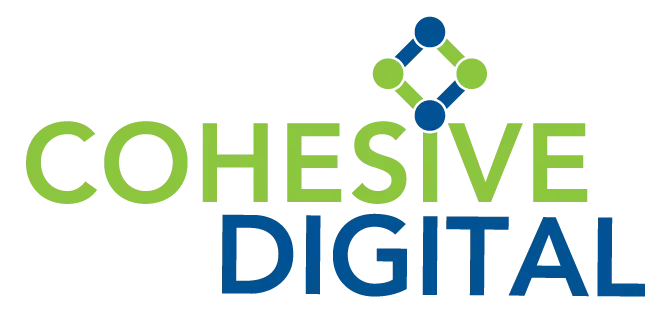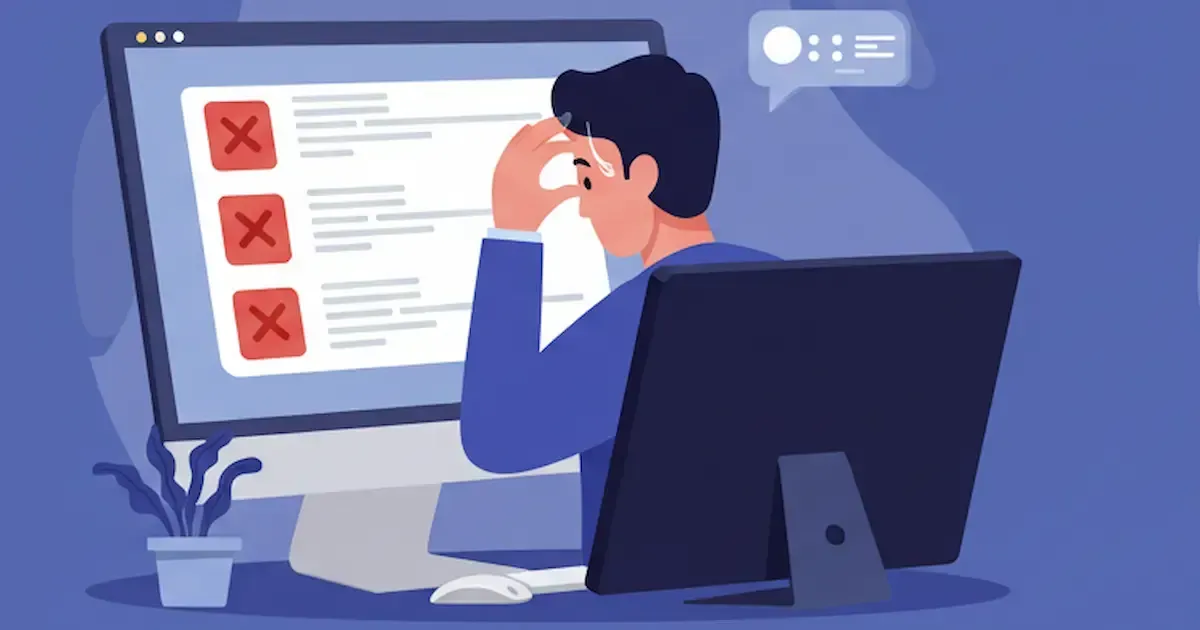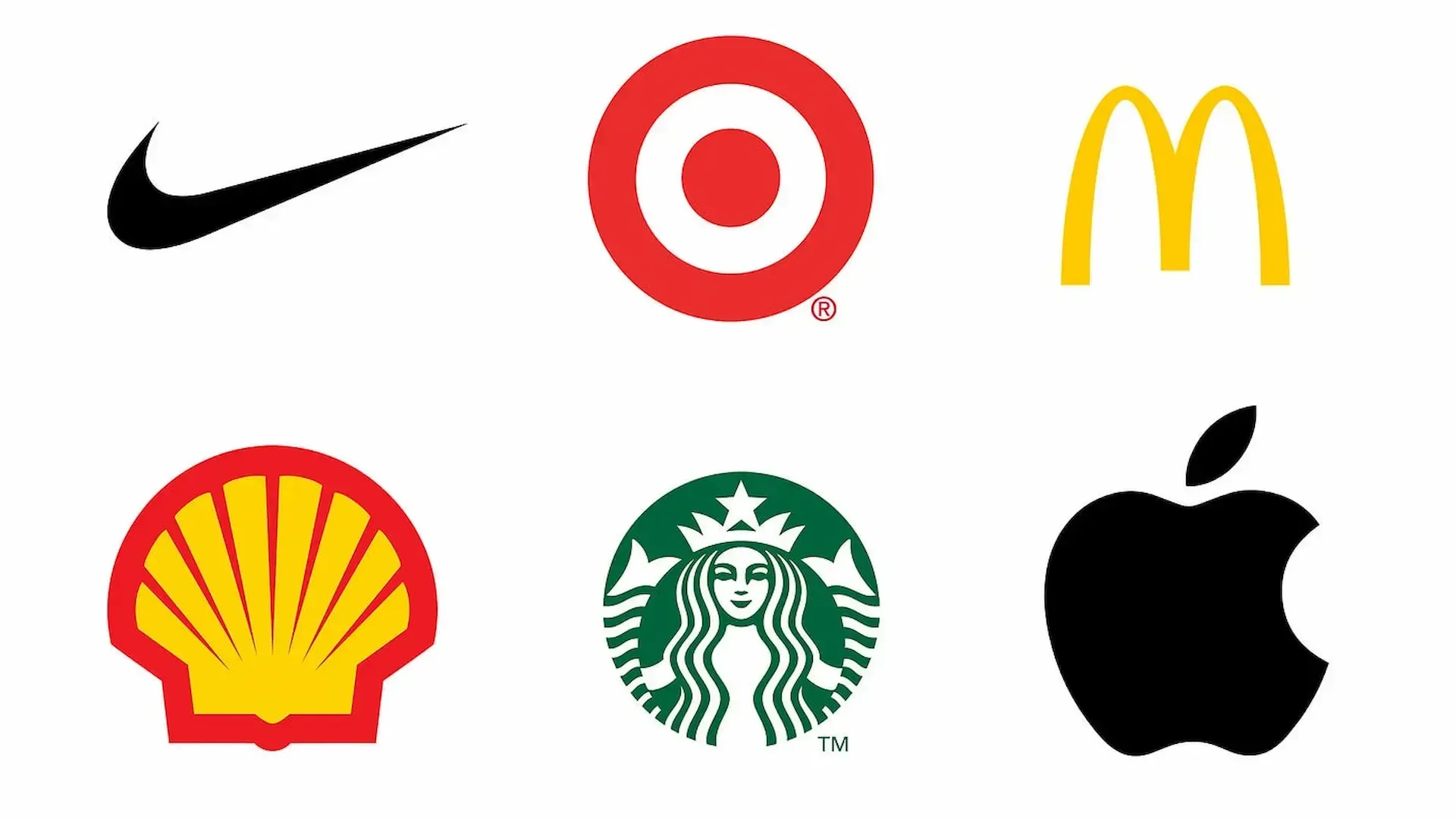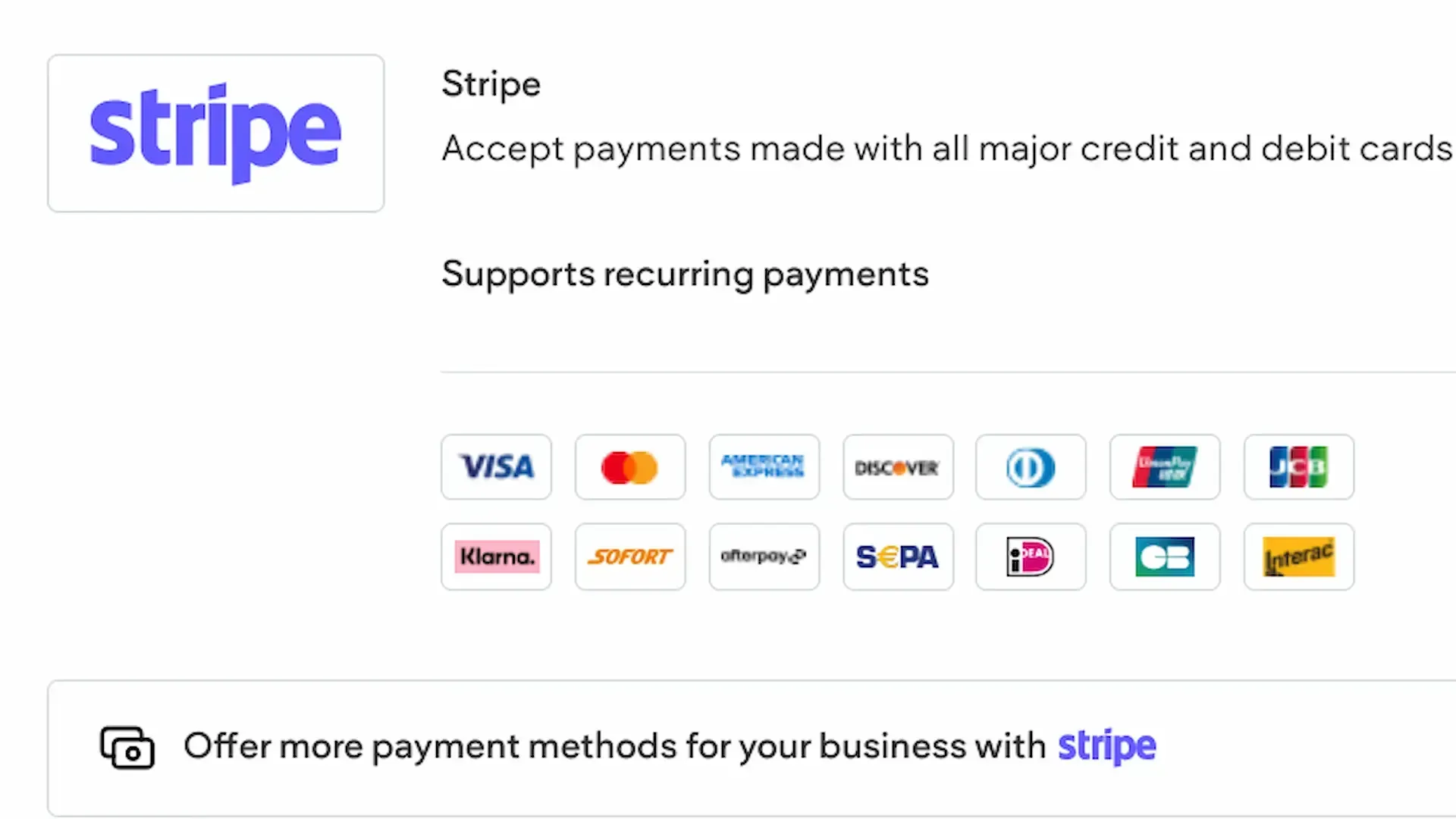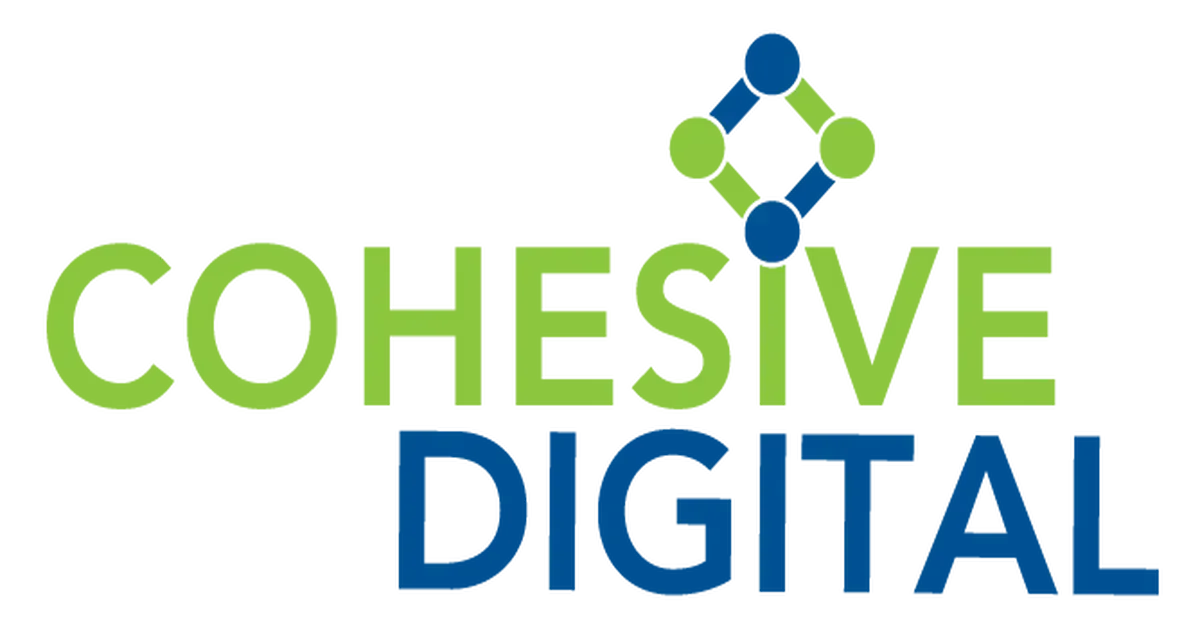Disclosure: This post may contain affiliate links. If you purchase using these links, we may earn a small commission at no additional cost to you. We only recommend tools we know and trust ourselves.
Running a successful small business means staying on top of many things, and your website is one of the most critical. It’s your 24/7 storefront, your digital brand ambassador, and a powerful engine for growth. But what happens when that engine starts to sputter? A regular website audit is the key to keeping your site healthy, fast, and visible to potential customers.
A technical website audit can seem intimidating, but in reality, it's a systematic process for identifying and fixing issues that could be hurting your business. In this comprehensive guide, we’ll answer the question, "what is a site audit," explain why regular checks are non-negotiable, and give you a powerful website audit checklist to follow.
So, without further ado, let’s dive right in!
What is a Site Audit?
A
site audit is a comprehensive and detailed analysis of your website. Its purpose is to uncover errors and problem whether they are technical, related to content, or user experience. They can be resolved to improve your site’s performance, its ranking in search results, and, ultimately, your business’s revenue.
Depending on your goals, a site audit can focus on a few key areas:
For small business owners, the most impactful starting point is a
technical website audit. This type of audit identifies critical issues like indexation problems, broken redirects, and slow page loading speeds, all of which can significantly harm your SEO and user experience. It's the kind of check we’ll focus on in this article, and it forms the foundation of any successful digital strategy.
Why Regular Website Audits are Critical for Small Businesses
Think of a
website audit as a regular health check-up for your most important digital asset. It’s not just about fixing problems when they arise, it’s about proactive maintenance that keeps your site running smoothly and your business growing.
A comprehensive technical audit of website performance helps you:
The frequency of your audits depends on your website's size and how often you update it, but a solid baseline for most small businesses is a
quarterly audit. For larger sites or those with frequent updates, a monthly check is recommended.
Your Comprehensive Website Auditing Checklist
If you're ready to start improving your site, this
website auditing checklist will walk you through all the basic checks you need to perform. We’ll go through each point in more detail, but this list provides a great overview of the process.
Website Audit Checklist
How to Perform a Website Audit Mindfully: A Step-by-Step Guide
Manual auditing is a lengthy and resource-intensive process. For most small business owners, it’s far more efficient to use specialized site scanners, such as
Cohesive Digital’s
Website Audit, in conjunction with Google Search Console and Google Analytics. This is one of the best SEO audit tools because it scans the entire site, identifies dozens of technical errors, and provides recommendations on how to fix them.
Here is a guide on
how to perform a website audit using our recommended tool.
1. Set Up Your Automated Audit
To get started, you can configure an automated audit to run on a schedule.
2. Review the Audit Results
When the in-depth scan is complete, you’ll have a wealth of data in the Website Audit module.
Prioritizing Website Audit Fixes
Now that you have all of this information, you need a plan. Prioritizing fixes allows you to get the best results in less time and with fewer resources.
Remember, prioritization should be a collaborative effort. Involve your development team or a trusted technical partner to determine the time and effort required to solve a problem.
Final Thoughts
A regular, comprehensive
website audit is essential for anyone who wants to climb to the top of the SERPs and win the hearts of their users. All of this, however, is only possible if you use a high-quality SEO tool to check the site. It should be configurable, provide detailed reports on every issue, and allow you to compare audit results to monitor the effectiveness of your fixes.
Our Website Audit was designed with all these considerations in mind and updated regularly to provide accurate information for detected issues. For an in-depth
technical audit of website performance, be sure to check out
Cohesive Digital’s website audit service and try it for yourself!
For more information on traffic to your site, check out our
website traffic checker.
Start your free trial (No credit card required) with SE Ranking
- The Platform Powering Cohesive Digital's SEO Toolkit and take control of your website's ranking!
